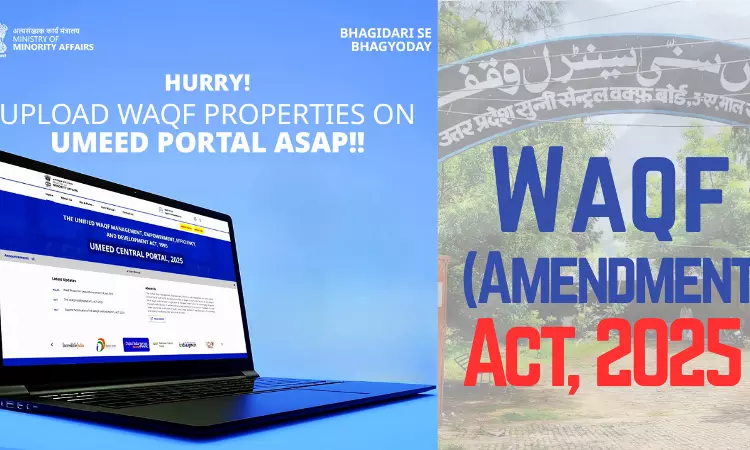




Disclaimer: Copyright infringement is not intended.
Context:
Facts of the case
|
●Clause 5 of the Assam Accord sets January 1, 1966, as the base cut-off date for the detection and deletion of "foreigners." ●Section 6A of the Citizenship Act was inserted to accommodate provisions for the regularisation of those who arrived in Assam between January 1, 1966, and March 24, 1971. Read about Assam accord: https://www.iasgyan.in/daily-current-affairs/defining-assamese |
On the burden of proof
Supreme Court rulings on burden of proof:
|
Reverse burden of proof ●It is a legal principle that shifts the burden of proof from the prosecution or the plaintiff to the defendant in a criminal or civil case. ●This means that the accused or the defendant must prove their innocence or defend themselves against the allegations brought against them. Notable cases related to reverse burden of proof Mukesh Singh vs State (2020): ●Even in cases of a reverse burden of proof, the initial burden, which exists on the prosecution, must be satisfied. Noor Aga vs State of Punjab (2008) ●Some basic facts must first be proved by the prosecution even in cases of reverse burden of proof. ●It is a settled principle of criminal jurisprudence that the more serious the offence, the stricter is the degree of proof. |
What are Foreigners’ Tribunals?
Constitution of Tribunals
Power of Tribunals
The Tribunals has the powers of a civil court while following a suit under the Code of Civil Procedure, 1908 in respect of the matters, which are: –
The Foreigners (Tribunals) Order, of 1964
Amendment to Foreigners (Tribunals) Order
Empowers individuals to approach tribunals
Allows district magistrates to refer individuals to tribunals
Allows district magistrates to ask tribunals for opinions
Empowers states to set up tribunals
|
Data and facts about misuse of Foriegner’s Tribunals ●About 3 lakh people in Assam were declared Doubtful Voters in 1997 and in subsequent years by low-ranked government officials without any inquiry or notice. They were excluded from the Assam NRC, and they now face the FTs. ●Paragraph 3(1) of Foreigners’ Tribunal Order of 1964 mandates that notices shall mention the “main grounds”, but notices issued by FTs generally do not mention any ground, and people have to defend themselves without knowing the charges. ●Until March 2019, as many as 1.17 lakh people had been declared foreigners. |
Conclusion:
Important articles for reference:
Sources:
|
PRACTICE QUESTION Q.With reference to Foerigner’s Tribunals consider the following statements: 1. The Constitution explicitly mentions that tribunals are to be established by law. 2. Only the Union government can establish them across India. 3. Burden of proof to prove their citizenship, declared illegal by Foreigner’s Tribunals, lies on the accused person . Which of the statements given above are correct? (a) 1 and 2 only (b) 2 and 3 only (c) 1 and 3 only (d) 1, 2 and 3 Answer: c Explanation ●Foreigners’ Tribunals were established under The Foreigners Act, which was meant to deal with foreigners rather than citizens. ●They were established in 1964 by an executive order of the Home Ministry, even though under Article 323B of the Constitution, tribunals are to be established by law. ●Under Section 2(a) of the 1946 Act, “a foreigner means a person who is not a citizen of India”. ●It will be applicable to persons against whom there is strong evidence of being a foreigner and they were caught while entering India, or they were in possession of a passport of another country. ●Section 9 of The Foreigners Act, 1946, puts the burden of proof to prove their nationality on the person who is alleged to be a foreigner. ● A 2019 amendment to the Foreigners (Tribunals) Order empowers states to set up FTs. ●While the Order of FTs applies nationwide, tribunals are currently operational only in Assam. This creates a disparity in how suspected illegal immigrants are handled across different states. |





© 2025 iasgyan. All right reserved